Nutmeg - Mace Blade
Quick Notes:
What is Nutmeg - Mace Blade?
Nutmeg - Mace Blade are two different, however closely related, spices from the same evergreen tree. At maturity (fifteen years), this tree will produce about 2,000 nutmegs a year.
Whole Nutmeg is the wrinkled gray-brown kernel of the seed from the tree’s fruit (looks like a pale yellow apricot); and, Mace Blade is the outer orange-red lace-like covering (aril) on the seed. Once removed and dried, the blade becomes dark yellow-orange in color. Mace, without the word "blade" refers to the ground form of the spice.
Nutmeg and Mace are similar in flavor (warm, nutty and sweet) with the latter being slightly sweeter and stronger in taste. Mace is the spice that comes through in old fashion donuts and hotdogs.
Mace Blade is used like Bay Leaf in that you remove it from your dish prior to serving. It does not dissolve during the cooking process. Also, it’s perfect for any clear-colored recipes (e.g., soups) calling for nutmeg as an ingredient.
Whole Nutmeg can be grated easily using a grater, and is more economical since the whole seed can be kept forever. Plus, the best flavor is obtained from freshly grated nutmeg.
One whole nutmeg when fully grated is equal to about one tablespoon of the ground spice.
The ratio of Nutmeg to Mace is about 25 to 1 - every twenty five pounds of Nutmeg yields about 1 pound of Mace.
Pictures of Nutmeg - Mace Blade:
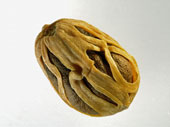
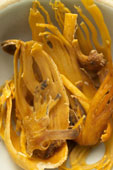
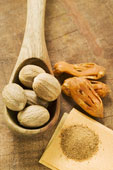
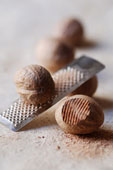
Origin of Nutmeg - Mace Blade:
These spices are indigenous to the Spice Islands, and are grown also in the West Indies, particularly Grenada.
Nutmeg - Mace is Good for These Foods:
A little of each goes a long way.
These spices are good for many foods, both sweet and savory: baked goods, beef, beets, breads, broccoli, Brussels sprouts, cabbage, carrots, cauliflower, celery, cheese dishes (fondues, soufflés), chicken, chocolate, corn, desserts, donuts, duck, eggplant, goose, greens (collard, mustard, turnip, kale, spinach), fruit, green beans, ham, hot dogs, mushrooms, onions, parsnips, pork, pumpkin, rabbit, squash, sweet potatoes, soups, stews, stuffing, tomatoes, turkey, turnips, and venison.
How Long Can Whole Nutmegs Be Kept?
They can be kept indefinitely. If you have started to grate one, store it in an airtight jar in a cool dry place.
What Are the Health Benefits of Nutmeg - Mace?
These spices help reduce flatulence, aid digestion and stimulate the appetite.
Return to List of Spices-Herbs from Nutmeg
Add Something About This Spice/Herb
Share something you know about this spice/herb. Or, share a favorite recipe using this spice.
What Other Visitors Have Said
Click below to see contributions from other visitors to this page...
Nutmeg - Mace 




I want to know the ratio between Nutmeg and Mace. What is the ratio I have to use of each thing? Is it 1 pound nutmeg + 1 pound mace, or what else?
Sign up for eZine
Spotlight On Spices!
See Back Issues
Spice Trivia
Do you know these fun facts about spices and herbs?
Black Pepper is the most popular spice in the world
Cumin is the second most popular spice in the world
By weight, Saffron is the most expensive spice in the world.
Vanilla Bean and Cardamom are expensive spices too. Both are hand-harvested and require much manual labor.
Nutmeg is not a nut. It is the seed/pit of a fruit.
The outer lacy covering (aril) on Nutmeg is called mace blade. When in the ground powder form, it is just called "mace"
Cilantro and Coriander are from the same plant. Cilantro is the leaf, and coriander is the seed.
There are almost one million seeds in one pound of Poppy Seeds.





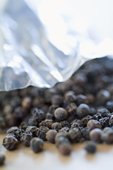
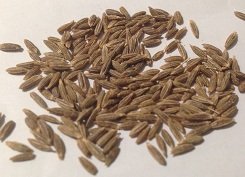


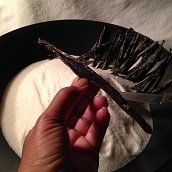
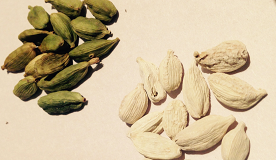
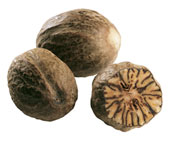
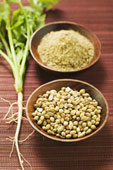
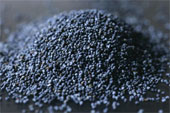
New! Comments
Have something to say about what you just read? Leave me a comment in the box below.